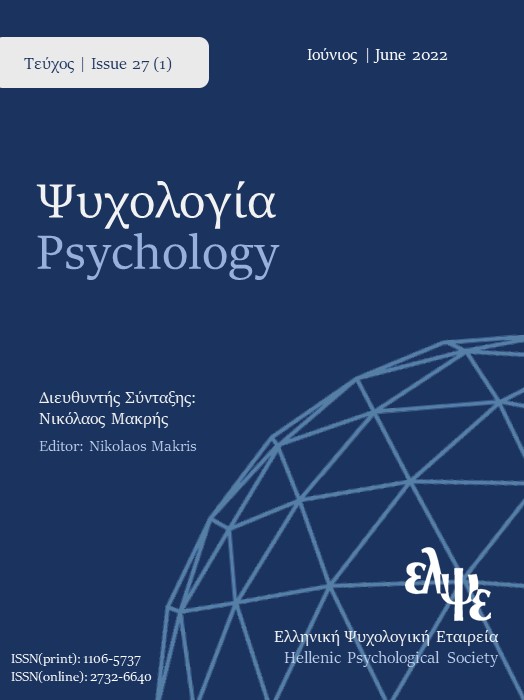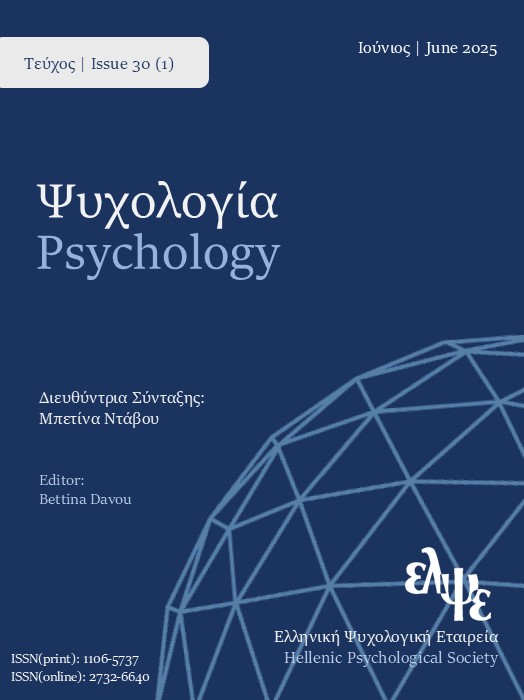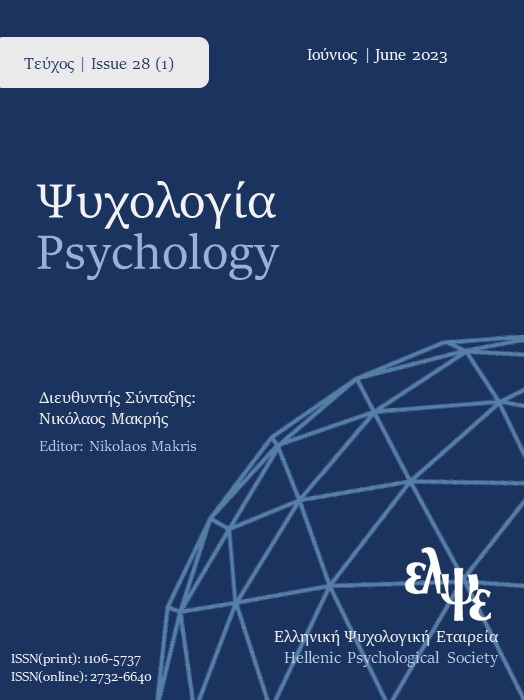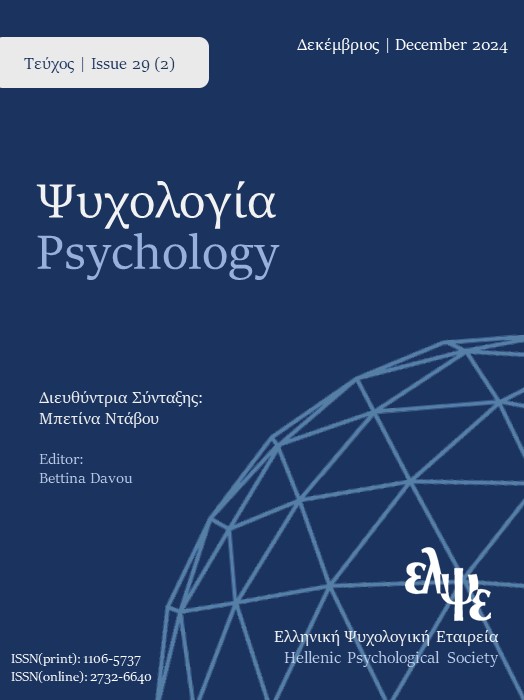Internet addiction among psychology students: the role of resilience and perceived economic hardship

Abstract
The present study aimed to investigate internet addiction among psychology students, as well as the role of resilience and perceived economic hardship in the manifestation of the phenomenon. The study involved 252 students (233 women, 19 men) of Aristotle University of Thessaloniki. They completed a self-report questionnaire, which included a short version of a scale on resilience (The Connor-Davidson Resilience Scale - CD-RISC), a scale on perceived economic hardship (Economic Hardship Questionnaire), and a scale on Internet Addiction (Internet Addiction Test). The results showed that students of Psychology, regardless of their academic year, make above-average/normal and excessive/addictive internet use displaying indicative behaviors (e.g., uncontrollable internet use, neglect of social life). Furthermore, based on the path analysis models, it seemed that students’ resilience is a negative predictor of above-average/normal and excessive/addictive internet use (and their indicative behaviors). An indirect positive predictive relationship was also found between students’ perceived economic hardship and their above-average/normal and excessive/addictive internet use (and their indicative behaviors) through their sense of resilience. The findings emphasize the need to implement preventive counselling actions within university campuses to engender a safe internet culture among students and strengthen their sense of resilience, especially in a period of recovery from economic crisis.
Article Details
- How to Cite
-
Touloupis, T., & Athanasiades, C. (2022). Internet addiction among psychology students: the role of resilience and perceived economic hardship. Psychology: The Journal of the Hellenic Psychological Society, 27(1), 175–193. https://doi.org/10.12681/psyhps.30840
- Section
- RESEARCH PAPERS

This work is licensed under a Creative Commons Attribution-ShareAlike 4.0 International License.
The journal PSYCHOLOGY adopts a Platinum open-access policy. Submission, processing or publication costs are waived by the Hellenic Psychological Society. Papers published in the journal PSYCHOLOGY are licensed under a 'Creative Commons Attribution-ShareAlike 4.0 International' licence. The authors reserve the copyright of their work and grant the journal the right of its first publication. Third-party licensees are allowed to use the published paper immediately after publication as they wish, provided they retain the defined by the license copyright formalities, regarding the reference to its author(s) and its initial publication in the journal PSYCHOLOGY. Moreover, any adjusted work should be shared under the same reuse rights, so with the same CC license.






